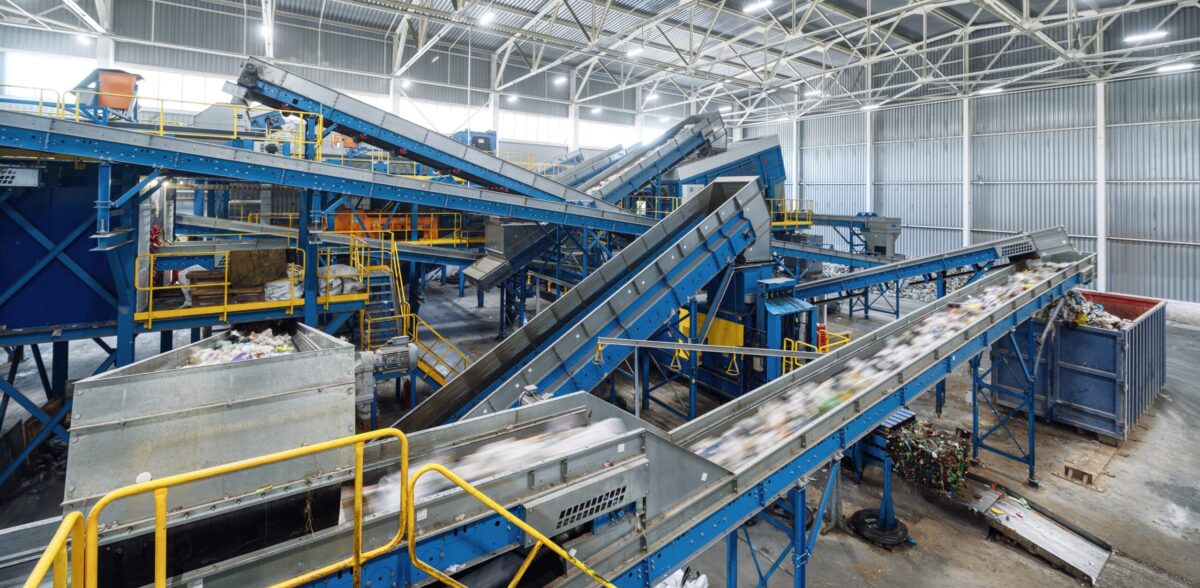Star Barrier Film for Smoothwall Trays
29 June 2025

As a leading flexible packaging supplier, Wipak is committed to helping our customers stay ahead of industry changes and regulations. One of the most significant developments on the horizon is the new Packaging and Packaging Waste Regulation (PPWR) – a legislation set to reshape the landscape for packaging across Europe. Not only will the regulation impact European-based brands, but those exporting their products to the EU will also be affected.
Here’s what you need to know right now
What is the Packaging and Packaging Waste Regulation?
The PPWR is a comprehensive legislative framework aimed at reducing the environmental impact of packaging and packaging waste. It builds on the existing Packaging and Packaging Waste Directive (Directive 94/62/EC), which has been in place since 1994. The revised directive is part of the European Green Deal, with specific objectives to reduce packaging waste; promote a circular economy for packaging in a cost-effective manner; and promote the use of recycled content in packaging.
Key measures of the PPWR include:
What PPWR Means for European-Based Brands
For brands operating within the EU, the PPWR will necessitate significant adjustments in packaging design and materials. Brands will need to:
These changes will not only help brands comply with the new regulations but also align with growing consumer demand for sustainable packaging solutions.
What PPWR Means for Brands Exporting to the EU
Brands exporting to the EU will also need to comply with the PPWR. This means:
Failure to comply with these regulations could result in barriers to market entry and potential fines, making it crucial for brands to stay informed and proactive.
The Impact on Flexible Packaging
Flexible packaging, often chosen for its high barrier protection and lightweight properties, will need to adapt to meet the stricter sustainability requirements of PPWR. This adaptation will cover several areas:
PPWR’s emphasis on reducing packaging waste and requirements on design for recycling and recycling at scale, paired with mandatory minimum recycled material use, will drive innovations in flexible packaging, encouraging the development of more efficient and environmentally friendly solutions, like those in our GreenChoice by Wipak® portfolio. This shift not only helps meet regulatory compliance but also aligns with the growing consumer demand for sustainable packaging options.
When Will the PPWR Come into Effect?
The European Parliament approved changes to the Packaging and Packaging Waste Regulation (PPWR) on 26 November 2024, with the European Council agreeing to these changes on 16 December 2024. The updated PPWR was then published in the Official Journal of the European Union today (22 January 2025). It will become official 20 days after publication, and the rules will start being applied 18 months after that.
How Wipak Can Help
At Wipak, we are dedicated to supporting our clients through this transition. Our team of industry experts can help you:
Whilst PPWR does present some challenges to brands, it also offers a big opportunity for them to accelerate their environmental initiatives and demonstrate their commitment to sustainability.
If you'd like to talk with one of our team, give us a call on 03 9708 2595 or if you prefer, let us know what you are looking for on the form below and we'll get back to you shortly.
Get in touch